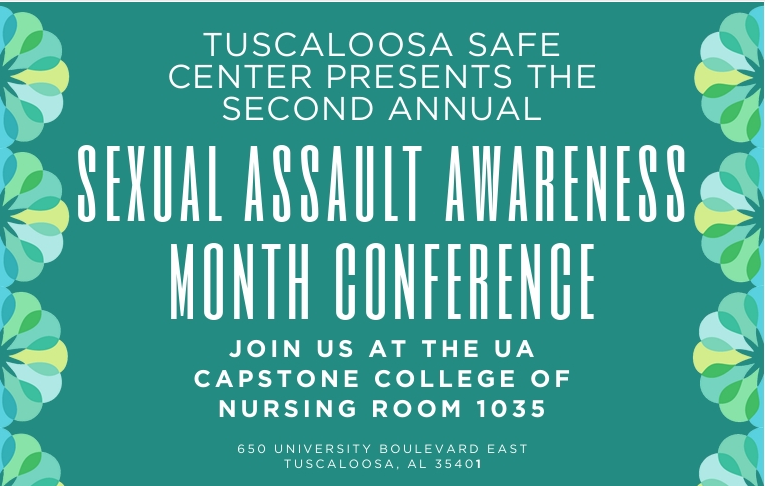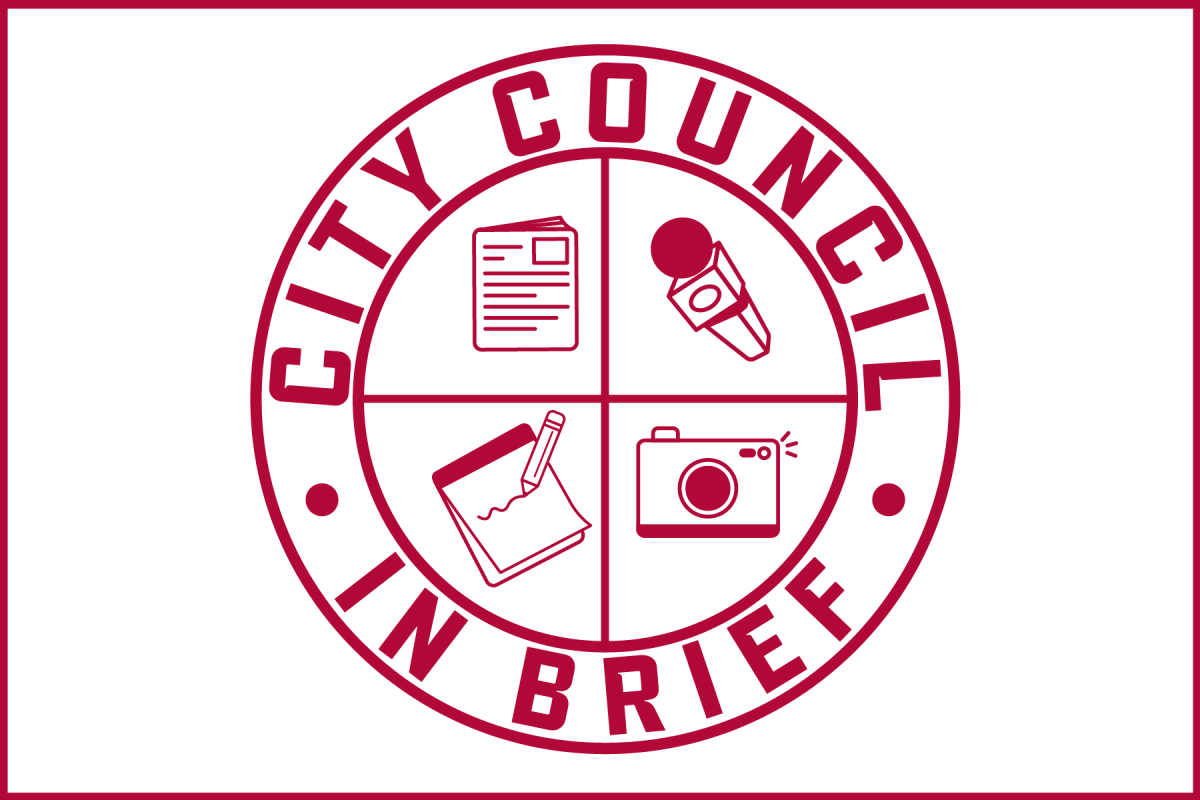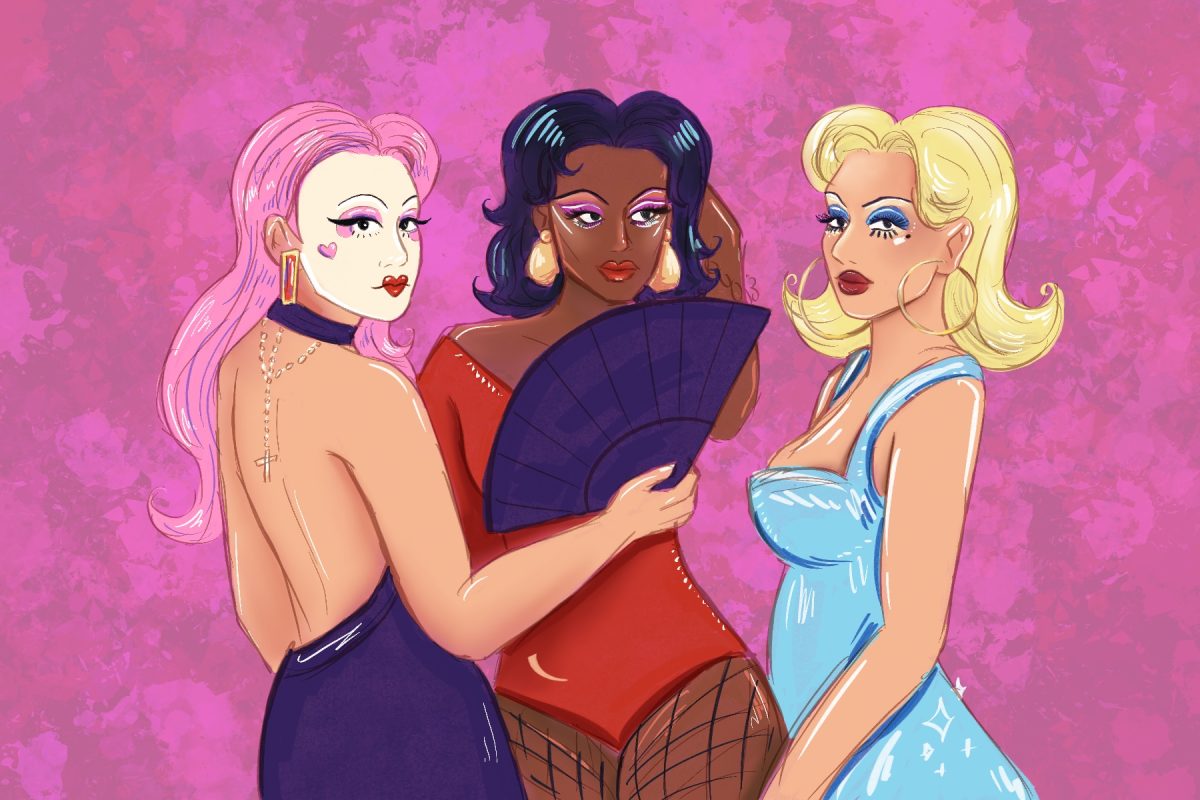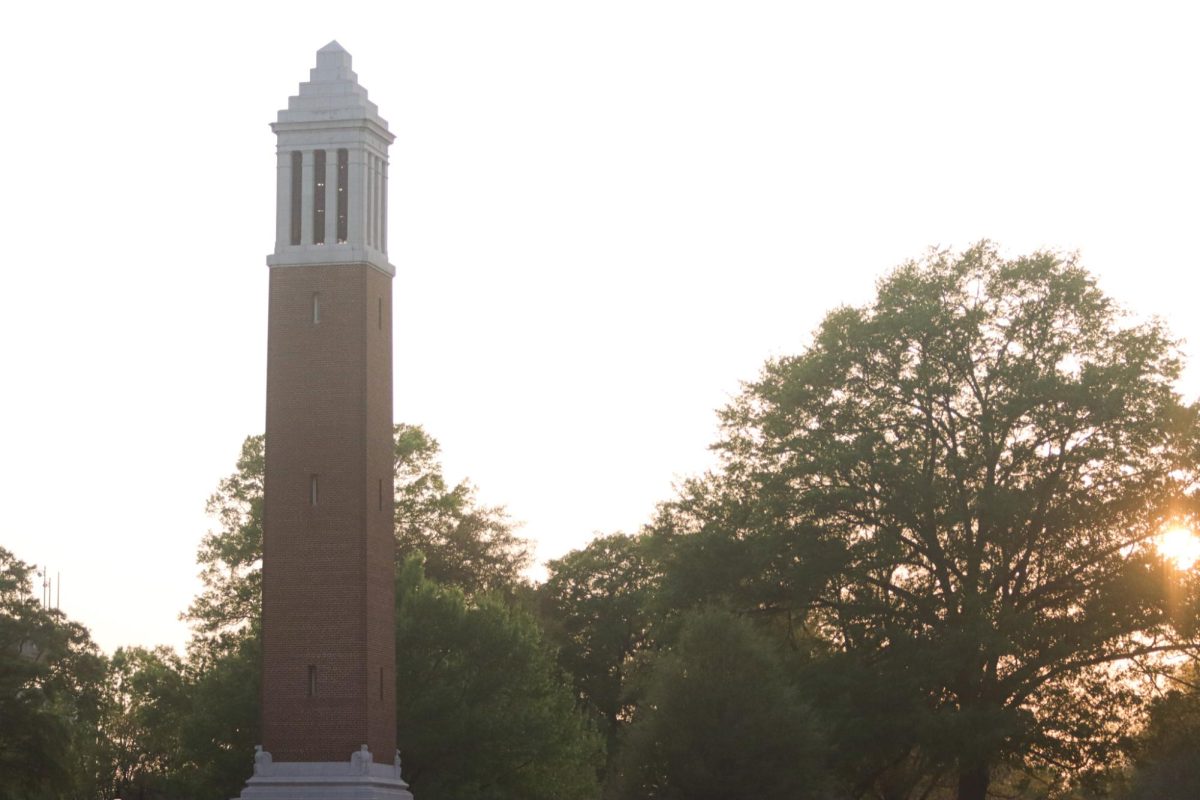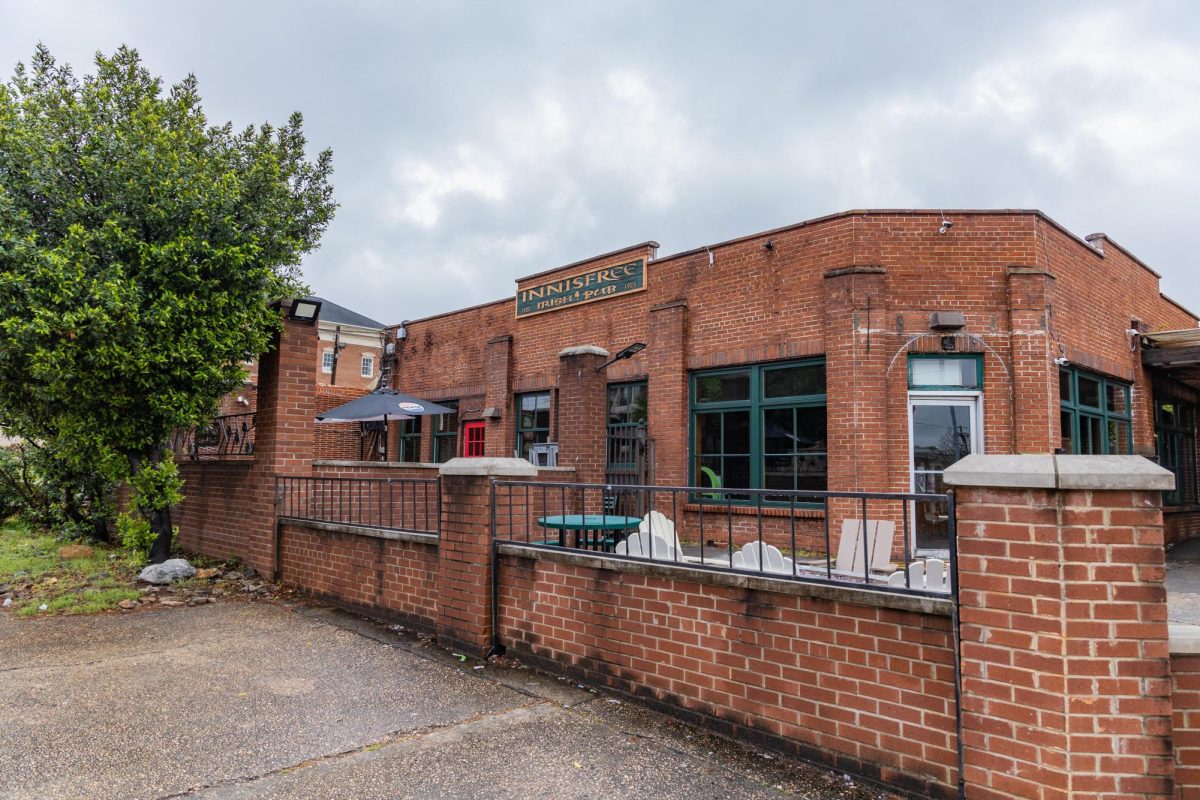By Ellen Coogan and Mark Hammontree
Although they are painted crisp white to match the President’s Mansion, the former slave quarters behind the mansion serve as a subtle reminder of some of the darker moments in The University of Alabama’s history. Much like the bleak past they represent, the slave quarters currently hide in plain sight – students pass them every day without knowing what they are or even noticing their presence.
One group of students, however, would like to remedy this by memorializing the spot and turning it into a spot for reflection on how far the University, and the nation, has come, as well as a place of inspiration for further social progress.
The slave quarters would nearly go entirely unnoticed were it not for the African American Heritage Tour given each February by Jason Black, associate communications professor.
“I recently gave a tour to my Rhetoric of Social Protest class and at one point near the slave quarters an African American student sort of welled up and paused before facing the class – comprised of white and black folks, Latino/a and East Asian folks, among others – and said, ‘it just occurred to me that being here reminds me that 150, 100, 50 years ago there’s no way we’d all be gathered shoulder-to-shoulder talking about race and culture and diversity,’” Black said. “That struck me.”
Black said the idea to memorialize the site came from students.
“Commemorating the quarters and including them in more institutional history have been student ideas for quite a few semesters. I think the 50th anniversary of Hood and Malone’s walk through the schoolhouse door presents a kairotic, opportune time to bring up the possibility of attending more to the quarters’ history,” Black said. “I don’t really see many disadvantages to doing so.”
Cathy Andreen, University spokeswoman, said the slave quarters, like many buildings, are not included on the tour because of time constraints.
“The UA tours, conducted through Undergraduate Admissions, are designed for prospective students and their families. They focus on academic buildings, residence halls, [the] Ferguson Center and areas that are of the most interest to this audience,” Andreen said.
Adam Sharples, a doctoral student in communication and information sciences, said he feels the slave quarters are an important part of campus history.
“When we look at the former slave quarters we are met with a physical reminder of the discourses of chattel slavery, property and ownership that the University, and the public at the time, were able to fully rationalize,” Sharples said. “Reminding ourselves of that is a productive conversation as it ensures we do not forget what any institution or individual is capable of while allowing us to move forward. In a sense, we have to remember the harms in order to celebrate the healing.”
Katie Nelson, a senior majoring in telecommunication and film, said she had no idea the University ever had slave quarters until she went on Black’s tour and thinks the slave quarters should be included on the official campus tour.
“One of the reasons I think it is important to have it on the tour is to commemorate the slaves who worked on our campus,” Nelson said. “Even if they were not students at the University, they were still a huge part of the campus and how we got where we are today and should be recognized.”
Even if the campus tour is not modified to include the slave quarters, Nelson said she feels some sort of recognition is necessary.
“I think that there needs to be a placard, at the very least, describing what the space is and a bit of history about it,” Nelson said. “I think the placard should be near the president’s mansion placard, but would understand if it cannot, because I think most students do not even realize the area behind the president’s mansion is public domain or that they are even allowed back there.”
Most importantly, though, Black said the slave quarters are an ever present reminder of how far the University has come since their construction, and the University’s potential for more progress.
“It’s not just a window into the past like some History Channel documentary, but also a foil to where we are now, representing the potential for where we can go together,” Black said.



